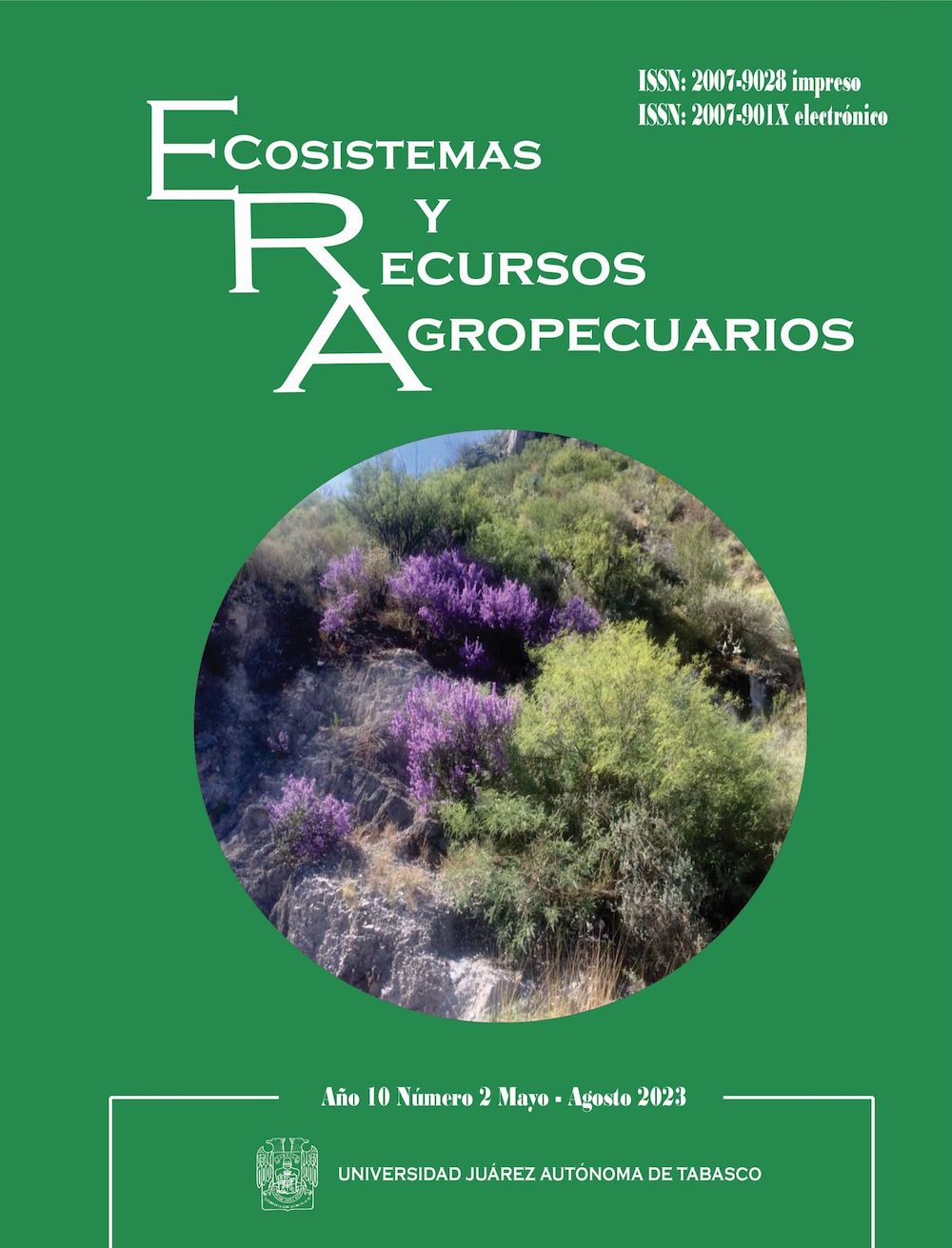Trend analysis of water quality indicator parameters in a tropical reservoir
DOI:
https://doi.org/10.19136/era.a10n2.3562Keywords:
El Salto dam, physico-chemical parameters, statistical analysis, trend evaluation, water quality criteriaAbstract
The growth of the population and agricultural production, along with the increase in industrialization worldwide have deteriorated the
quality of water in continental water bodies. The objective of this work was to analyze the trend of water quality parameters in a tropical reservoir from Center-South region of the State of Sinaloa, Mexico, applying Mann-Kendall non-parametric statistical analysis. Data obtained at four sampling points in the El Salto dam during the period 2012-2020 were used. The results obtained indicate that the water quality in the reservoir presents a significant tendency to improve during the period analyzed. The reservoir showed contamination of organic matter. In addition, that the concentration of fecal-coliforms exceeds the ecological criteria for water quality as a source of drinking water supply and agricultural irrigation. Likewise, the concentrations of nutrients, chlorophyll-a and visibility of the Secchi disc classify the dam water between eutrophic and hyper eutrophic.
Downloads
Downloads
Published
Issue
Section
License
Copyright (c) 2023 Ecosistemas y Recursos Agropecuarios

This work is licensed under a Creative Commons Attribution-NonCommercial-ShareAlike 4.0 International License.
Aviso de copyright
Los autores que se envían a esta revista aceptan los siguientes términos:
una. Los autores conservan los derechos de autor y garantizan a la revista el derecho a ser la primera publicación del trabajo con una licencia de atribución de Creative Commons que permite a otros compartir el trabajo con un reconocimiento de la autoría del trabajo y la publicación inicial en esta revista.
B. Los autores pueden establecer acuerdos complementarios separados para la distribución no exclusiva de la versión del trabajo publicado en la revista (por ejemplo, en un repositorio institucional o publicarlo en un libro), con un reconocimiento de su publicación inicial en esta revista.
C. Se permite y se anima a los autores a difundir su trabajo electrónicamente (por ejemplo, en repositorios institucionales o en su propio sitio web) antes y durante el proceso de envío, ya que puede conducir a intercambios productivos, así como a una cita más temprana y más extensa del trabajo publicado. (Consulte El efecto del acceso abierto).


